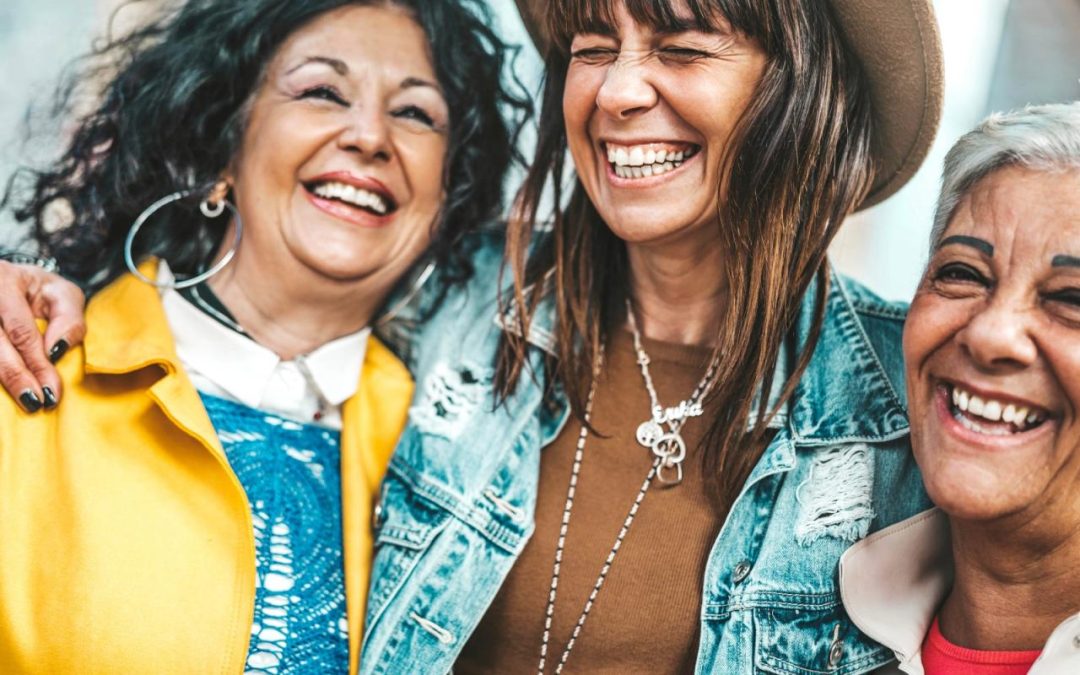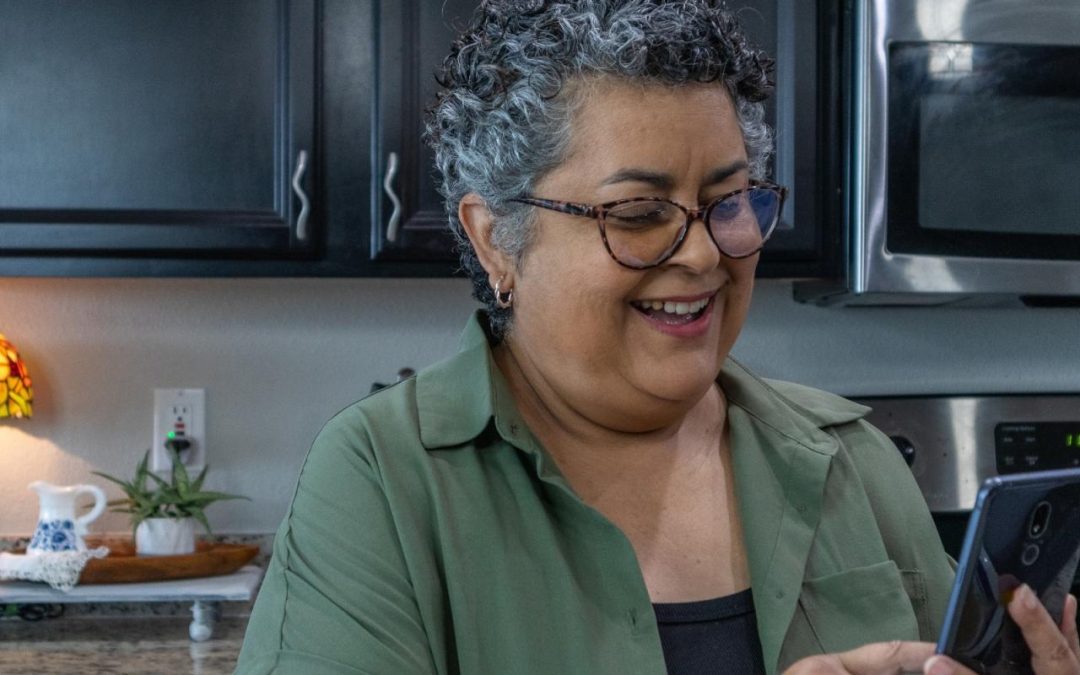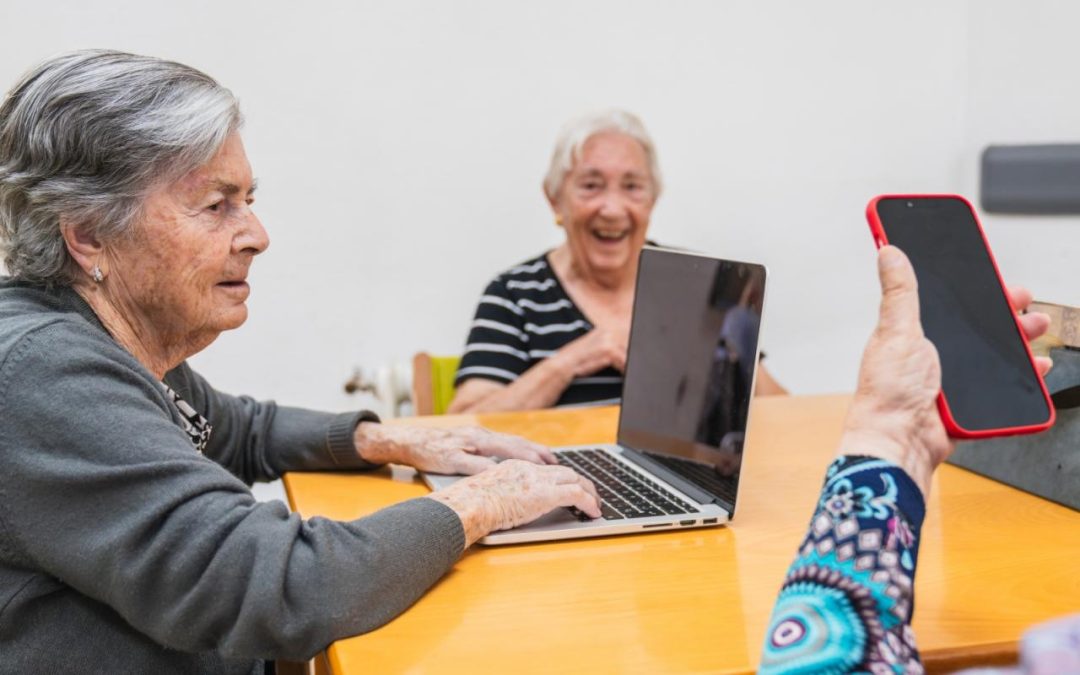How does social prescribing work ideally, and how might it work more broadly in the U.S.?

Generations Today, vol. 46, no. 2 (March–April 2025)

How does social prescribing work ideally, and how might it work more broadly in the U.S.?

Interviews reveal what might and might not work to foster social prescribing in the community.

An eyes-wide-open account of how social prescribing should work, equitably.

How might solving for social isolation and loneliness improve physical health?

Where and how the practice got off the ground in a real way.

‘Often, the most important issues with older adults are not purely medical.’

Art Pharmacy demonstrates that “prescribing” the arts in community reliably improves older adult well-being.

Health professional students learned how to educate elders on SIL and provide potential social prescriptions to help.

Reducing medications empowers deprescribing advocacy.
Generations Today A bimonthly digital publication covering current trends and people impacting the field of aging through OpEds, feature articles, profiles, and first-person pieces.
Generations Today, vol. 46, no. 2 (March–April 2025)
Social prescribing is a term and concept we are hearing more and more, not just in healthcare environments but from community-based organizations, patients and the public. But the term is not new, and it is not unique to the United States. Social prescribing has been...
The importance of social isolation and loneliness to health and well-being are well-known, but they gained more attention in 2020 due to the COVID-19 pandemic. Despite their widespread use, these terms are often misunderstood or conflated. Social isolation is an...
The concept of social prescribing is growing in affluent nations, driven by an increased awareness of the positive impact that social connections have on overall health. Social prescribing recognizes that health status is influenced not only by medical and biological...
“Social prescribing” is a relatively recent and catchy term that refers to the practice of making referrals and/or “prescriptions” to improve social connections and health. Addressing loneliness (the subjective feeling of being alone) and social isolation (the...
Dr. Ardeshir Hashmi remembers the first time he offered his patient a prescription that didn't come in a pill bottle. His story began 10 years ago when he was a geriatrician at Massachusetts General Hospital, where he'd been seeing “Ruth”—a 93-year-old who came to the...
The opportunities and challenges that come with age may influence each person's quality of life. While older adults sometimes report that health concerns cause them anxiety, in other cases when older adults consider What Matters to them, it may not be anything related...
America's older adult population is growing at an unprecedented rate, and set to double by 2050. But with this shift comes an alarming rise in social isolation and loneliness, affecting nearly half of older adults and putting a third at serious risk. The health...
Social isolation (having few or infrequent social contacts) and loneliness (not feeling fulfilled by one's available social contacts) are prominent public health issues with serious morbidity and mortality consequences. Long-term care nursing home (LTC-NH) residents...
For many older adults, managing multiple prescriptions is part of daily life. While medications can be essential, overprescription can lead to serious side effects, reduced quality of life, and even hospitalizations. At GeriatRx, we focus on deprescribing—helping...